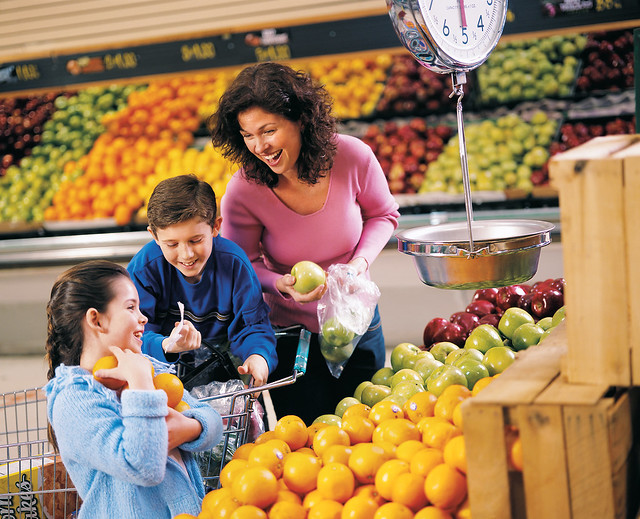
Whether you are interested in seeing what’s grown in your area or you are a researcher with more in depth informational needs, NASS’s CropScape is a valuable tool for you. CropScape is the public user interface for the national land cover geospatial data product called Cropland Data Layer (CDL). The National Agricultural Statistics Service (NASS) released the latest annual CDL at 30 meters resolution on Feb. 5, 2020. The entire archive of historical CDL products are available on CropScape for you to browse, interact, visualize, download, and query the CDL dataset without needing specialized software tools.
CropScape is a powerful tool that visually displays where our food and feed crops are grown. With a quick scan of the U.S. map, you can easily see swaths of green and yellow showing field corn and soybean acreage across the Midwest. If you zoom in around Des Moines, Iowa you can also see smaller plots of alfalfa, oats, and other hay.
Similarly, when looking at California, which is known for growing a vast array of our food crops, one sees a large area of many colors, with blocks of blue, which is rice. When you zoom in, you can identify dozens of other crops including grapes, almonds, and tomatoes.
To explore what’s grown in your area, use the “drag box zoom” tool and then click the “query” tool and select a color to identify the crop. I was curious about the cluster of color in the northeast part of Maine. Using these tools, I saw that potatoes and broccoli were grown there in 2019. I also found rye, barley, sorghum, mustard, wildflower/clover, and pasture land mixed in. If you want the data behind the colors, use the “define area of interest” tool to outline the area of interest, then select the “area of interest statistics” tool and the available crop acreage data from the CDL will display. You can then export or display the data in different ways.
The CDL product uses satellite imagery collected from six different satellites throughout the growing season to monitor growing conditions over the continental United States. The CDL contains more than 110 agricultural classes showing where crops were planted.
New in 2019 is a category called double-cropped Triticale/Corn, which showed up in California, Kansas, Texas, and Washington. The Cultivated Layer was also updated with a new year, showing crop area extent for years 2015 – 2019. Additionally, the Crop Frequency Layer was updated to show how many times a crop was planted in 2008-2019 for corn, soybeans, cotton, and wheat.
These geospatial data products provide valuable information for research, education, land use/land cover and environmental monitoring, modeling, disaster assessment, and change detection purposes to name a few. In addition to these important uses, anyone with an interest in where our food and feed crops are grown can explore this powerful online tool at nassgeodata.gmu.edu/CropScape.





修改评论